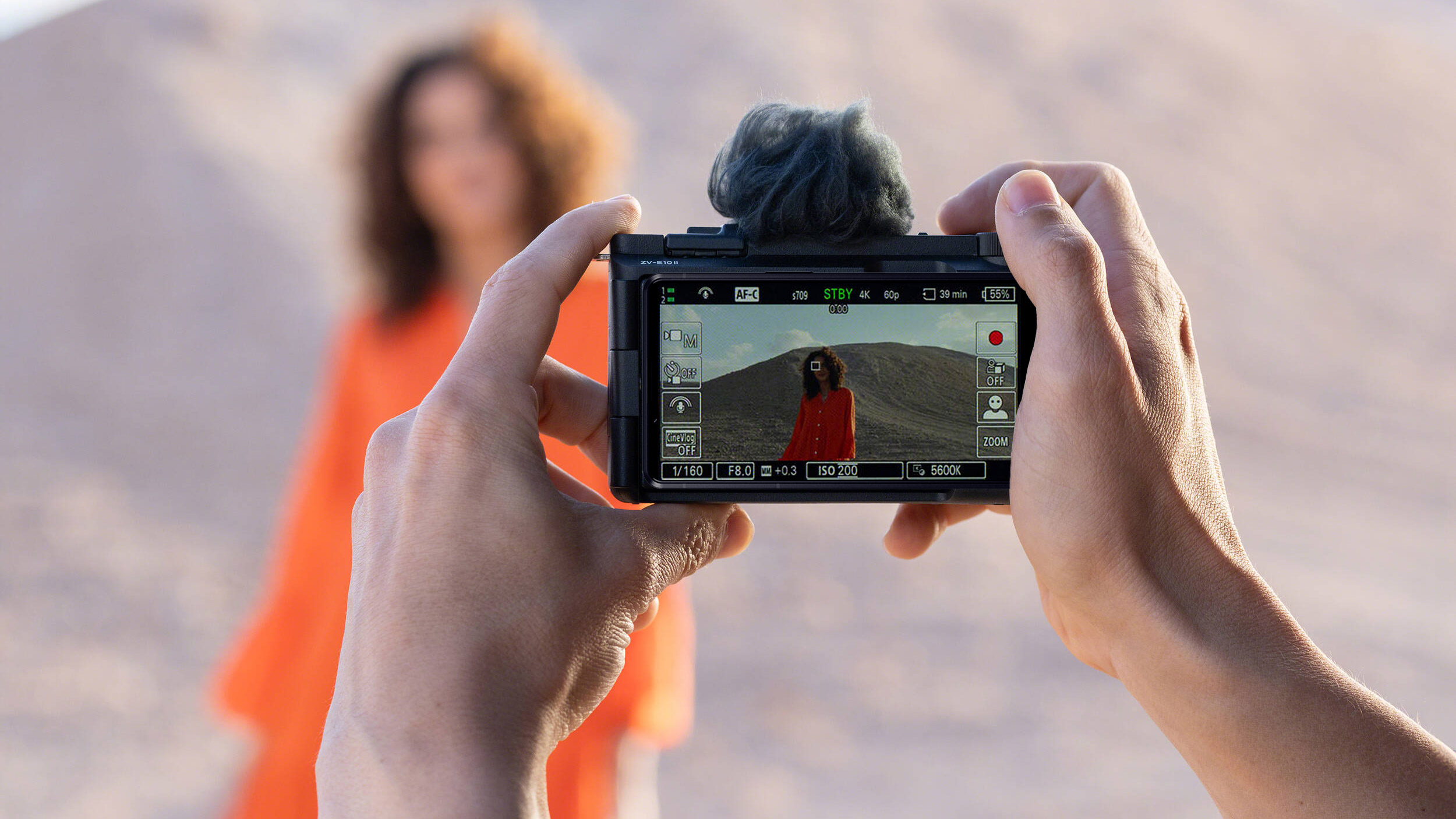The best lenses for the Sony ZV-E1
What are the best lenses for the Sony ZV-E1? Sony’s high-end vlogging tool needs lenses that match its size and capabilities
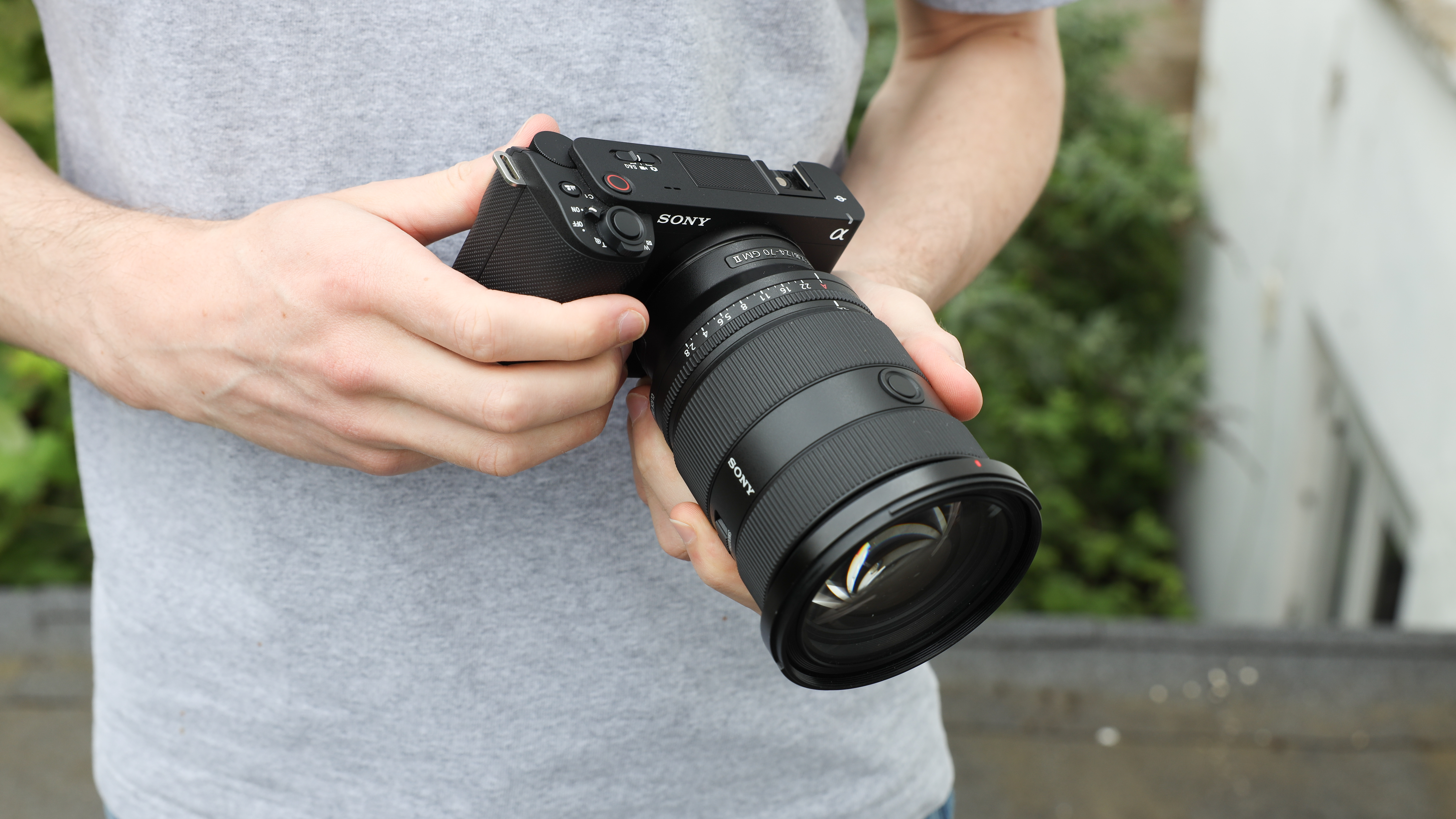
When putting together my list of the best lenses for the Sony ZV-E1, I kept its intended uses firmly in mind. This is a camera that may be used on a tripod, but is more likely to be used handheld, on a gimbal or on a grip.
The Sony ZV-E1 is one of the best 4K cameras for filmmaking, as well as one of the best vlogging cameras, but it’s not as simple as reeling off a list of the best Sony lenses all round. Many Sony lenses are big, heavy and designed for stills performance and reach rather than video. The ZV-E1, however, is incredibly compact and designed for portability and speed of operation in the field.
Despite its small size, like Sony’s other full frame Alpha models, the ZV-E1 incorporates in-body stabilization, so there’s no need to seek out Sony’s OSS stabilized lenses – these are mainly of interest for sports and wildlife photography, or Sony’s unstabilized APS-C E-mount cameras.
But the video-first approach of the ZV-E1 means other features become more important. It’s not essential to have a physical aperture/iris ring for video, but it definitely helps, especially if it can be ‘de-clicked’ for smooth and silent iris control while filming.
And while a power-zoom feature is not essential, it does open up some more adventurous (and difficult) filming techniques.
Mostly, though, I wanted to stick to smaller lenses where possible, and prime lenses in particular for easier gimbal balancing. So with all that in mind, here’s my list of the best lenses for the Sony ZV-E1 right now.

Rod is an independent photography journalist and editor, and a long-standing Digital Camera World contributor, having previously worked as DCW's Group Reviews Editor. He has used practically every interchangeable-lens camera launched in the past 20 years, from entry-level DSLRs to medium-format cameras, so he has the expertise to select the best Sony lenses for you.
The Quick List
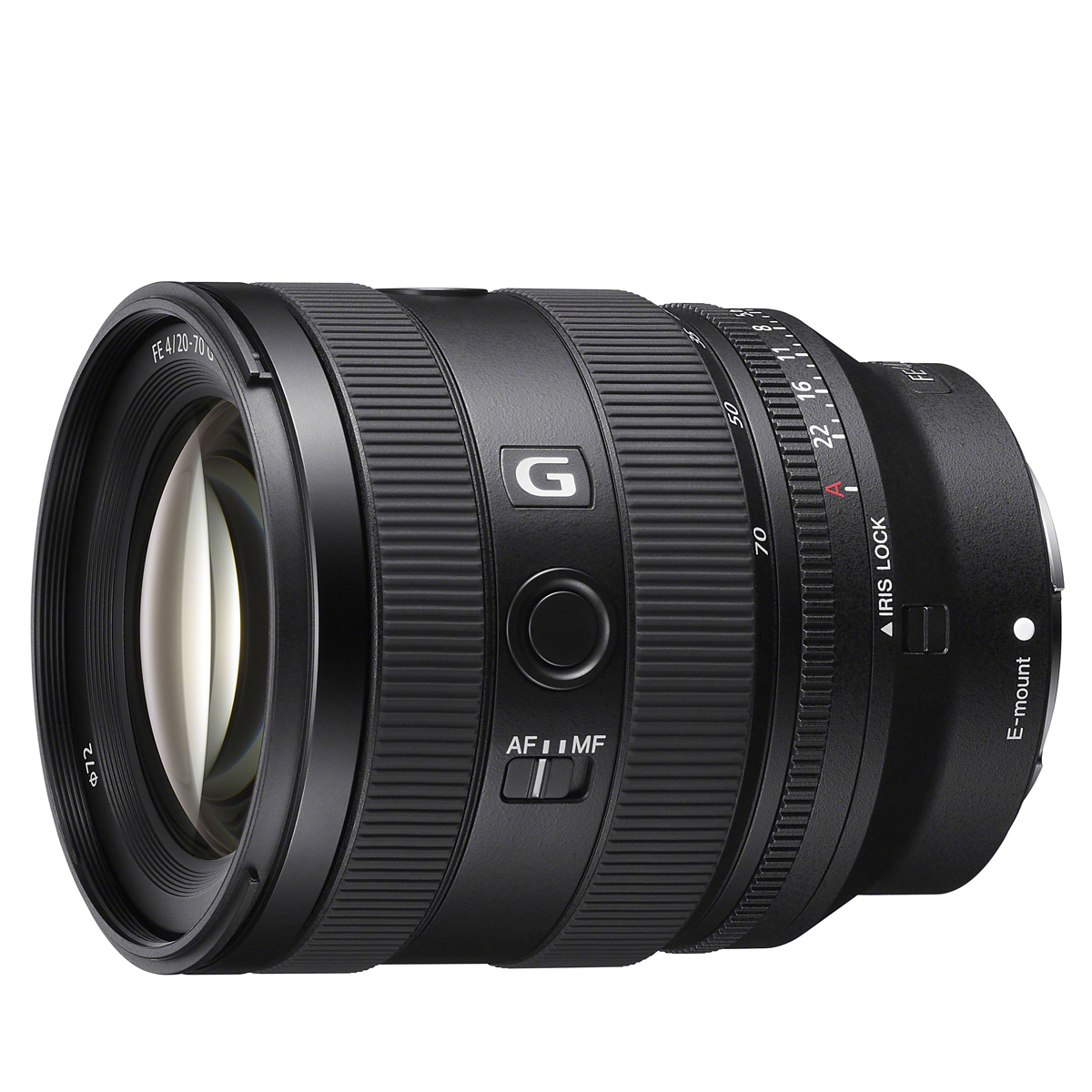
Slightly wider at the short end than the typical standard zoom, this is a versatile lens that would be great for vlogging. Read more below…
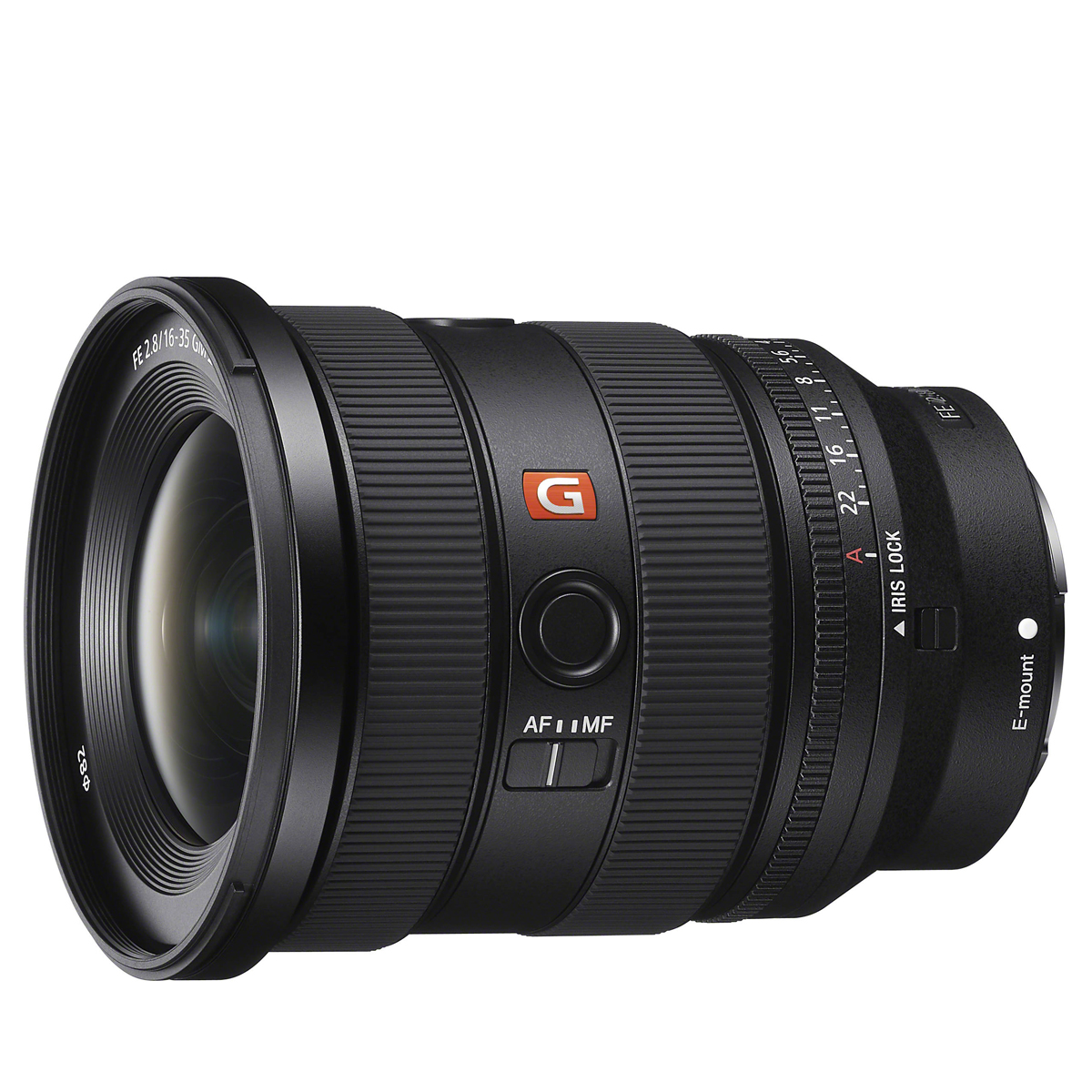
Part of Sony’s G Master range, this is a premium-quality lens with a premium price, but its image quality and features justify the cost. Read more below…
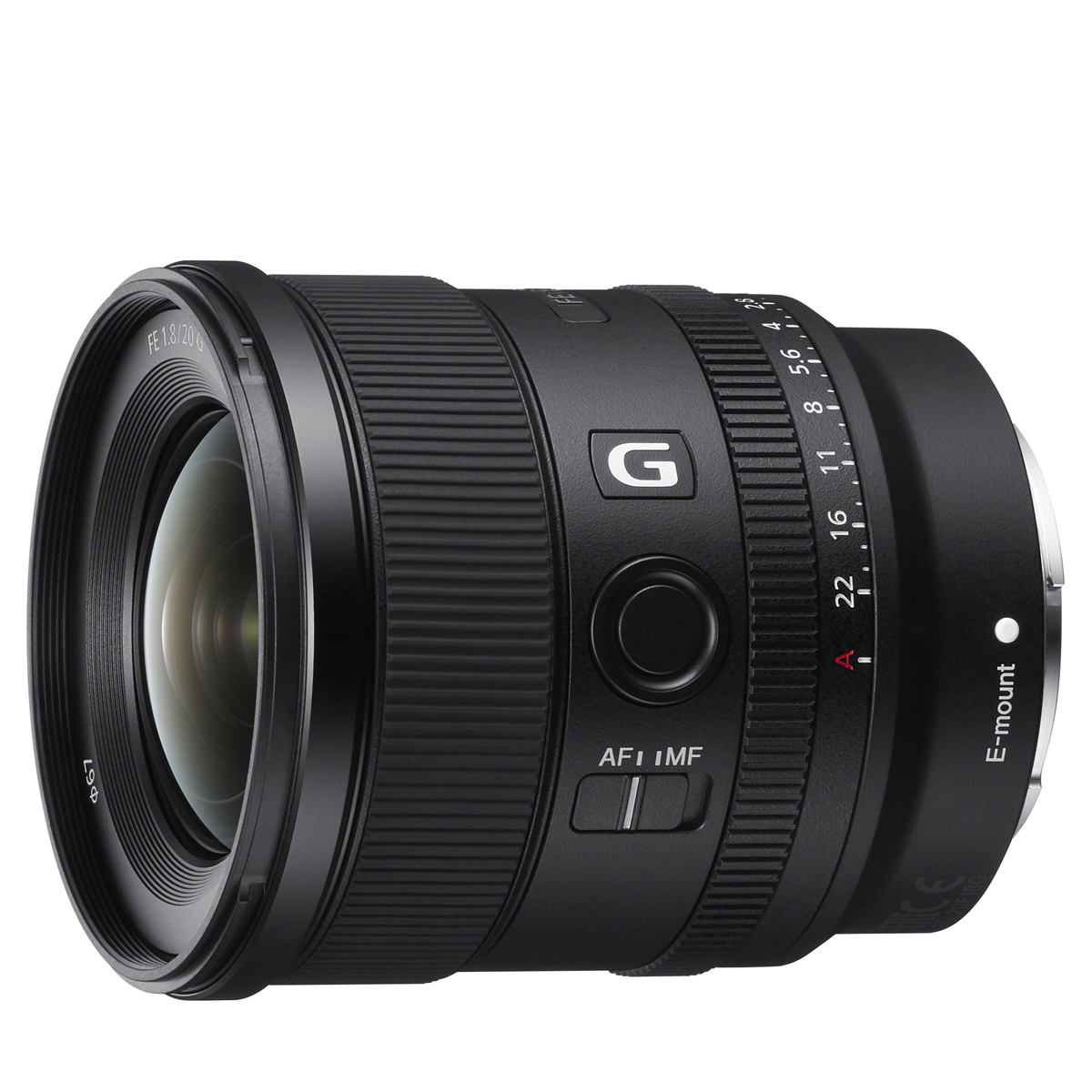
Lighter than a wide-angle or standard zoom, this prime delivers sensational sharpness and the ability to handle dim light conditions. Read more below…
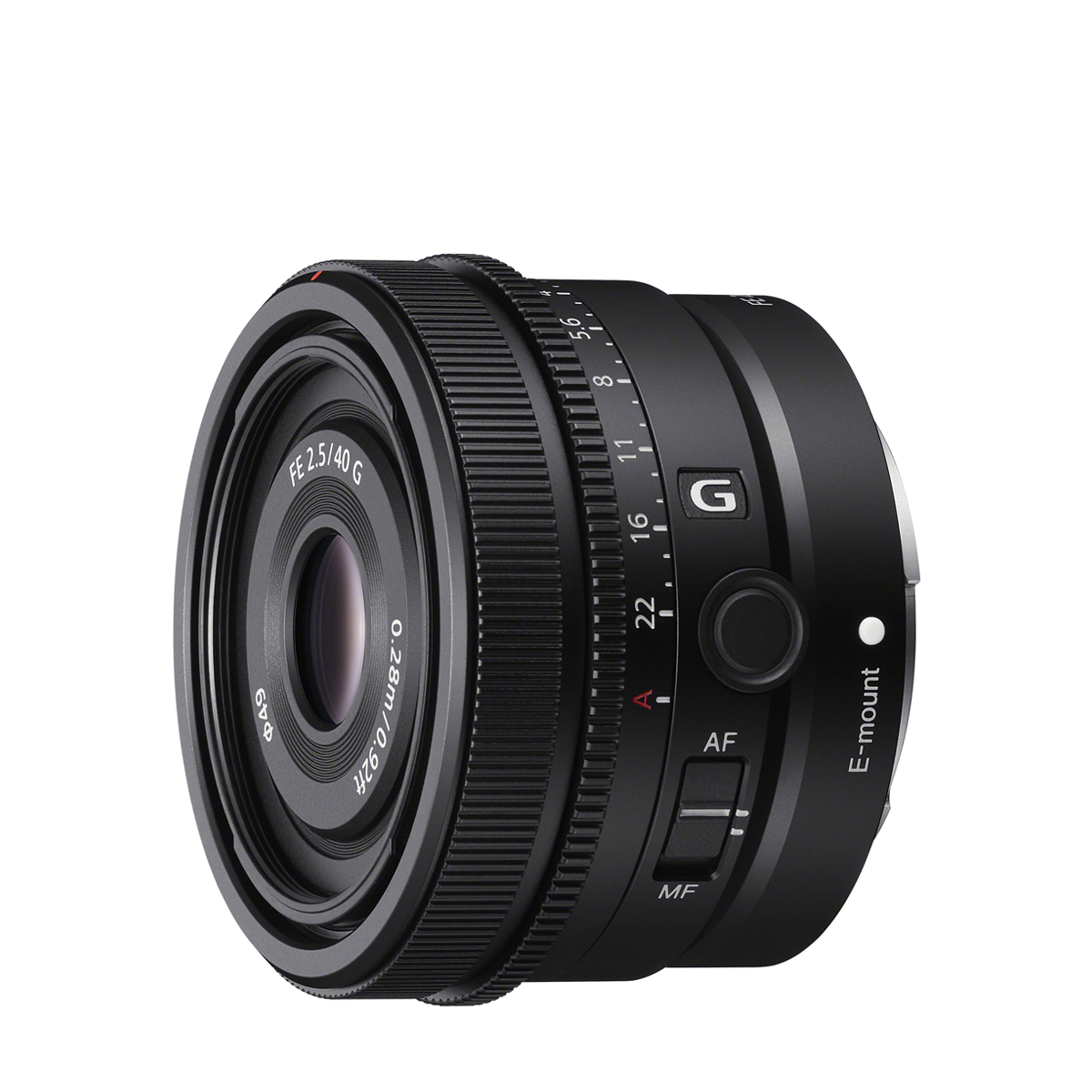
This is not far off a perfect prime lens – small, light and with superb optical quality, it’s terrific for street photography or general shooting. Read more below…
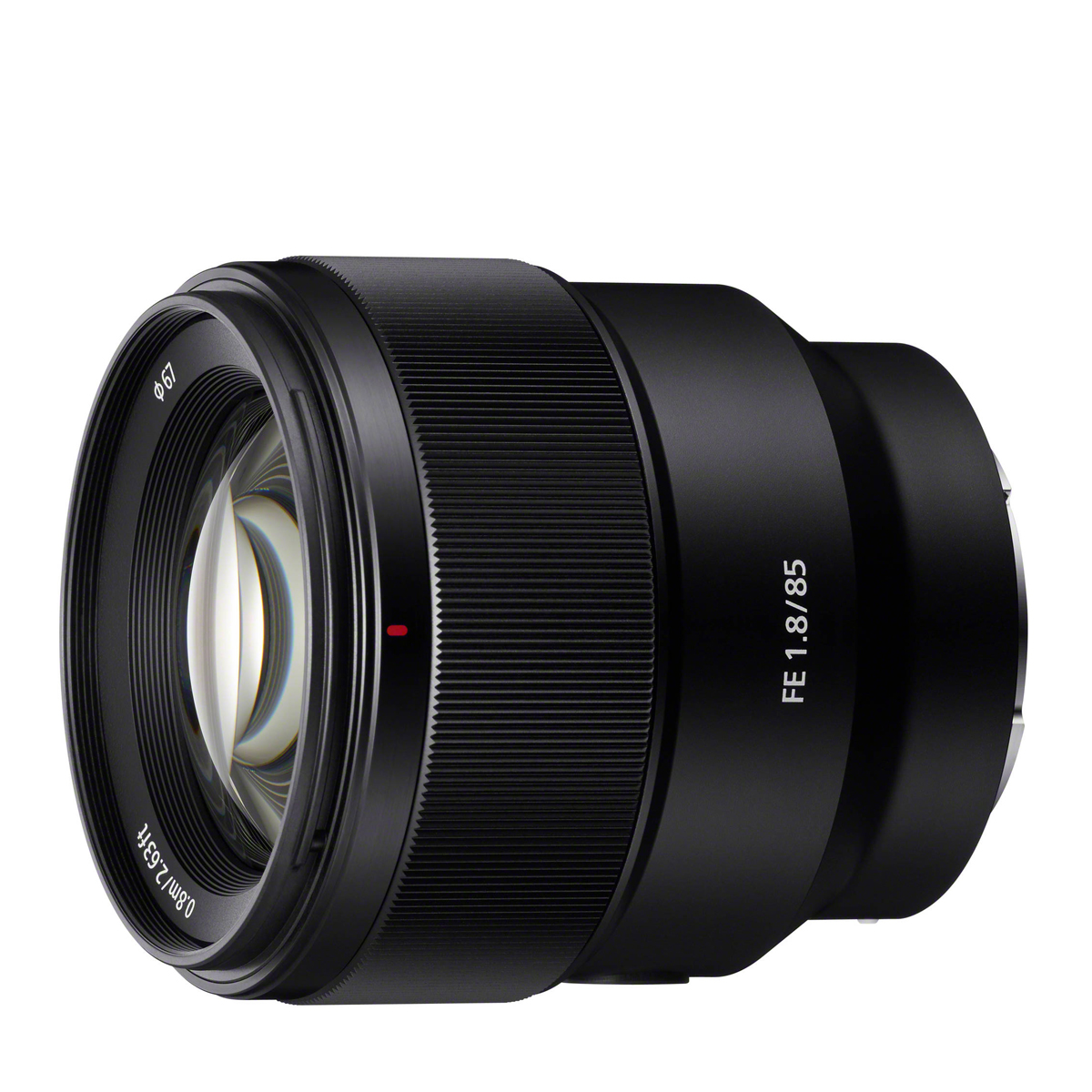
This is a classic portrait lens, with excellent image quality, a flattering field of view and a wide aperture to separate your subject. Read more below…
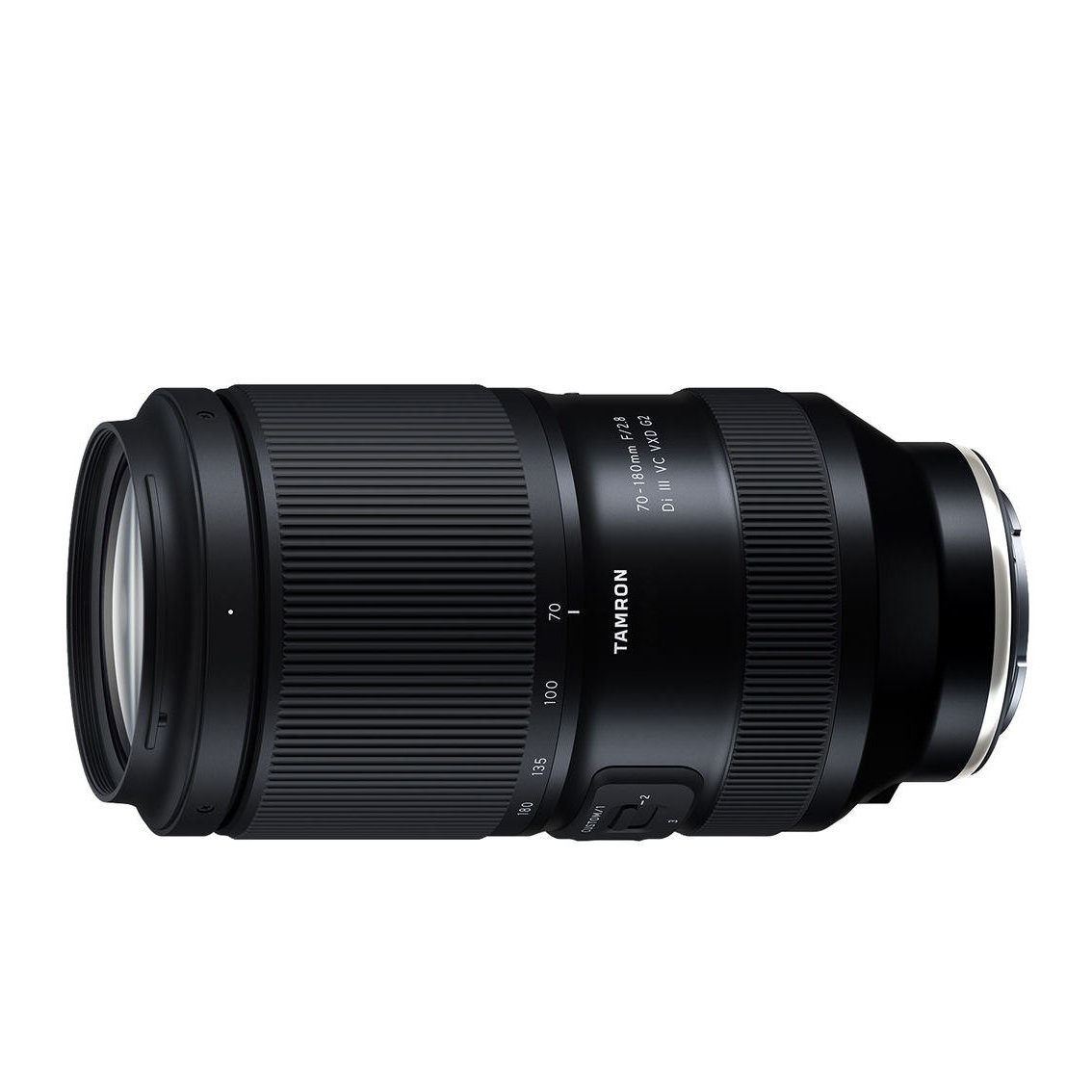
Nearly the same focal range as a classic tele and an f/2.8 aperture, in a much smaller and lighter package. Read more below…
Best lenses for the Sony ZV-E1
Why you can trust Digital Camera World
Best everyday lens for the ZV-E1
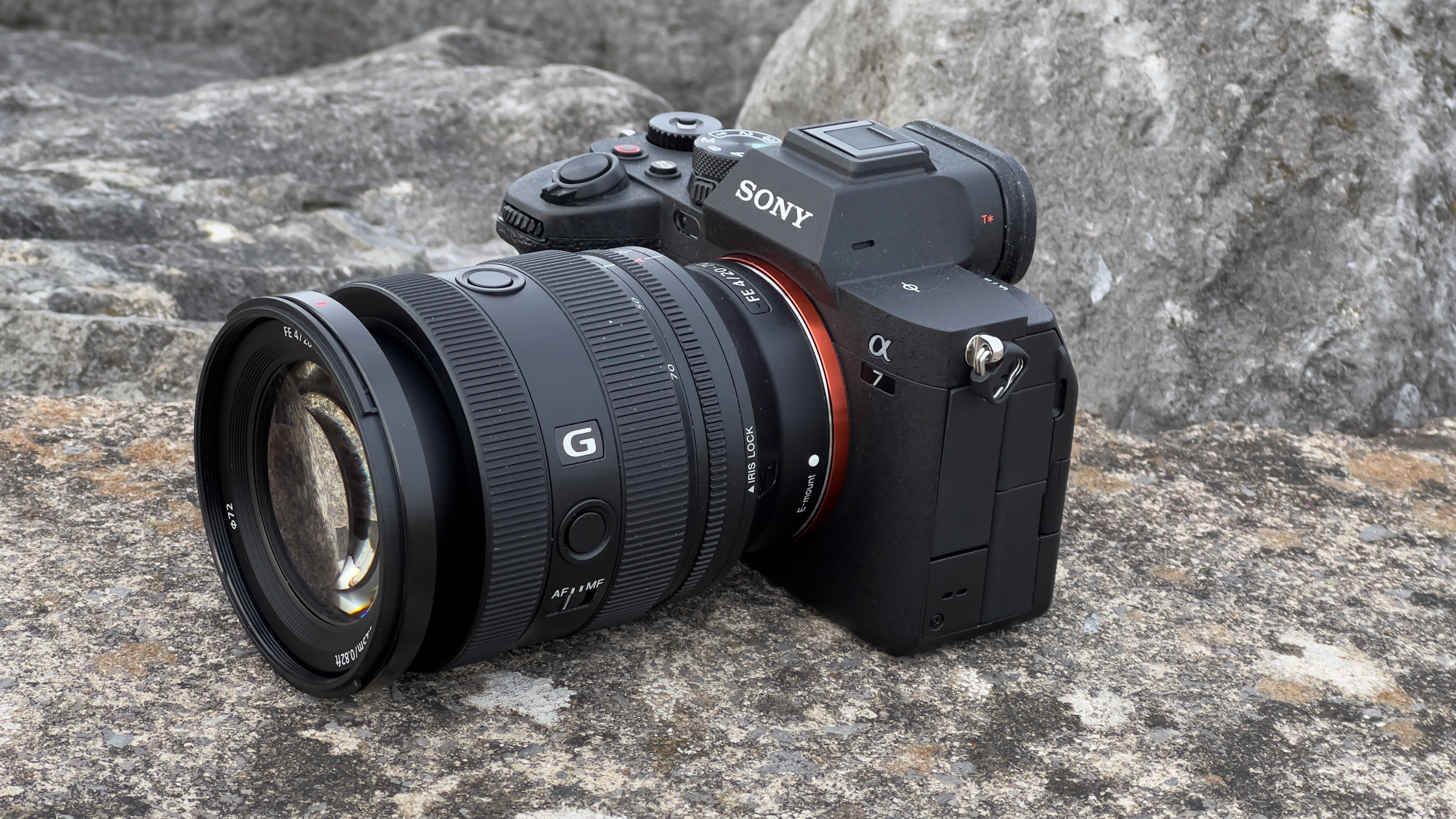
Specifications
Reasons to buy
Reasons to avoid
The Sony FE 20-70mm f/4 G is a standard zoom with a difference. It follows a new-ish trend in standard zoom design, with a wider-than-usual minimum focal length so that it can also do much of the work of an ultra-wide zoom – which means less lens swapping, and more versatility.
20-70mm is a terrific zoom range for all-round filming, and the constant f/4 maximum aperture will help in low-light interiors. The 20mm minimum focal length would make this a great lens for selfie vlogging on a grip or a gimbal too – although, at 488g, this lens is no lightweight. Rounding all this off are a declickable aperture ring and dual Linear XD AF motors for fast and silent autofocus. If the bulk doesn’t bother you, this is a terrific and versatile standard zoom for the Sony ZV-E1.
Read more: Sony FE 20-70mm f/4 G hands-on review
Best wide-angle zoom for the ZV-E1
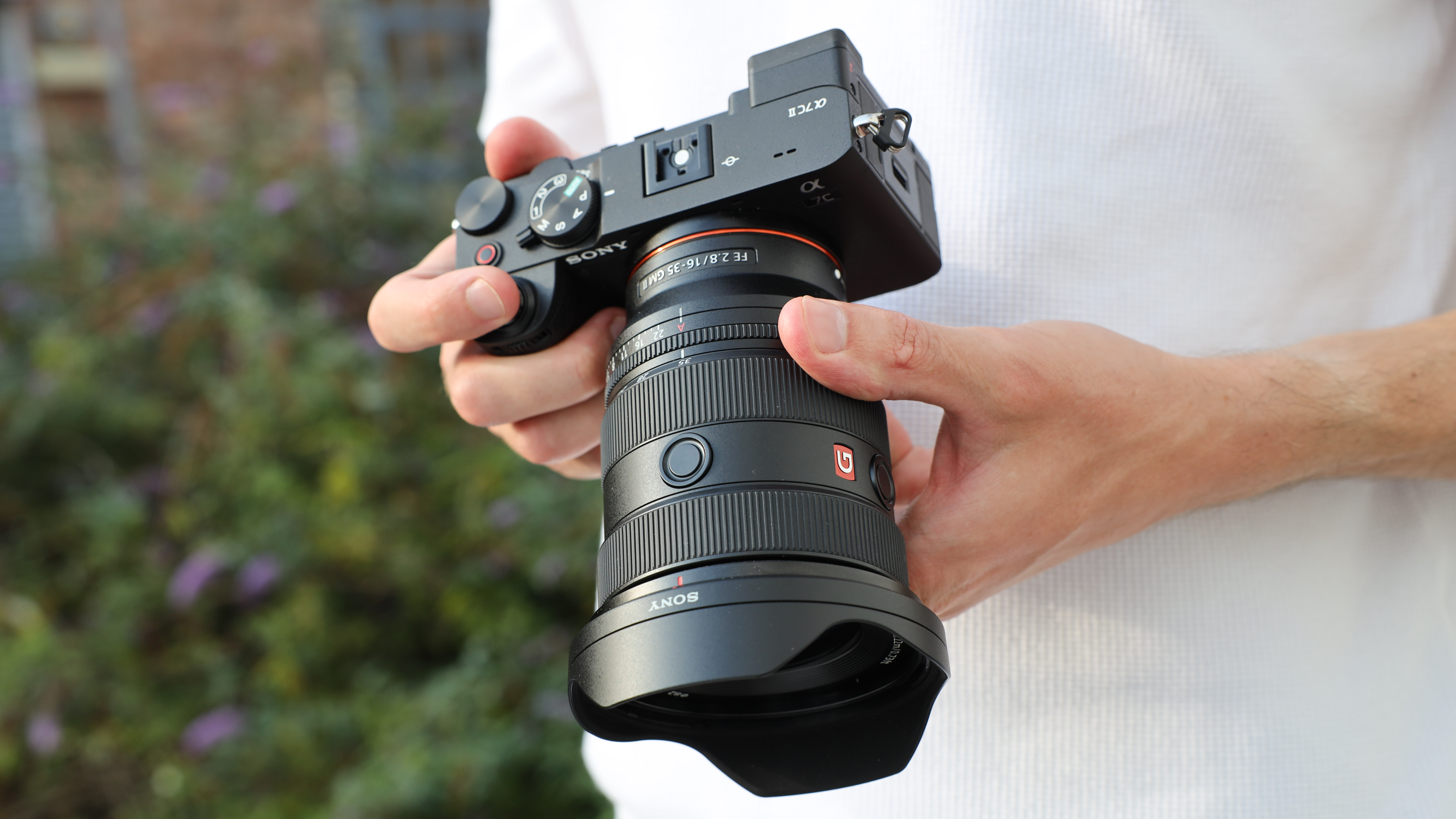
Specifications
Reasons to buy
Reasons to avoid
Sony’s G Master lenses have a reputation for optical quality, so it’s no surprise that this second-generation version of Sony’s 16-35mm f/2.8 zoom comes with a hefty price tag. If this is your prime focal range for filming, this lens will be your dream buy; otherwise, take a look at the Sony FE PZ 16-35mm f/4 G, which is less than half the price. You might also want to check out third-party alternatives. The Sony FE 16-35mm f/2.8 GM II justifies its cost, however, with no fewer than four Linear XD focus motors and suppressed focus breathing. It’s quite a lens.
Read more: Sony FE 16-35mm f/2.8 GM II review
Best wide-angle prime for the ZV-E1
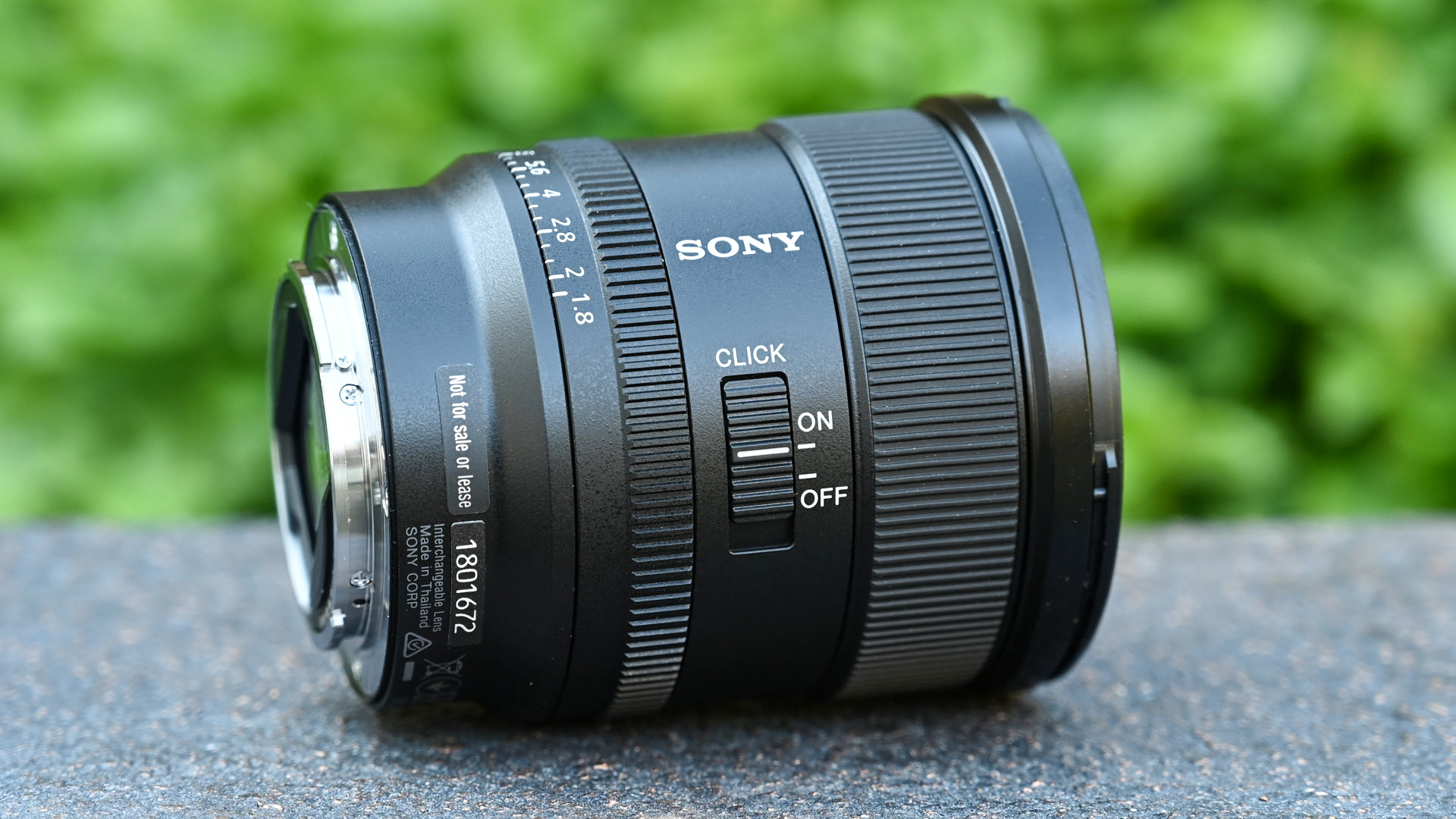
Specifications
Reasons to buy
Reasons to avoid
If you want to film a wider angle of view and don’t want the bulk of the Sony FE 20-70mm f/4 G or the cost (especially the cost!) of the Sony FE 16-35mm f/2.8 GM II, the Sony FE 20mm f/1.8 G is a compelling alternative. It offers a wide-enough angle of view for self-filming, and and it’s fast enough for filming in low-light interiors. It’s not one of Sony’s G Master lenses, but the optical quality is sensational, with serious edge-to-edge sharpness, especially when you stop down slightly. The only things against this lens are the price and its size, but it’s not especially heavy and should be manageable enough on a grip or a gimbal.
Read more: Sony FE 20mm f/1.8 G review
Best standard prime for the ZV-E1
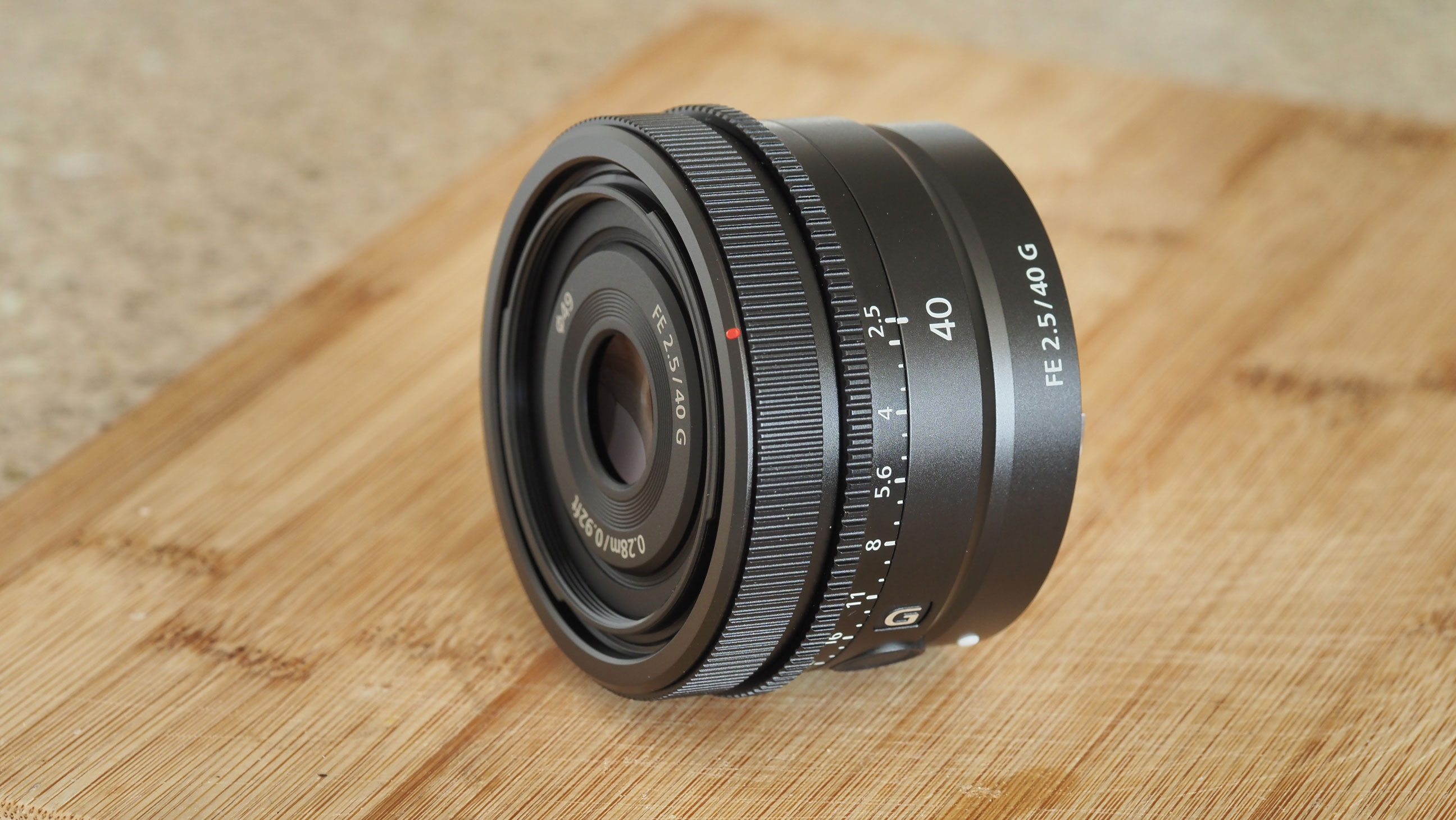
Specifications
Reasons to buy
Reasons to avoid
If you only buy one of Sony’s super-compact primes, this is the one I’d recommend. The Sony FE 40mm f/2.5 G has a focal length that’s ideal as a semi-wide standard zoom, and not far off the classic focal length for street photography.
The FE 40mm f/2.5 G is incredibly small and light, yet it still manages to pack in a de-clickable aperture ring for filmmakers. The optical quality is excellent – certainly better than the 24mm lens in the range. While it is fairly expensive for a 40mm f/2.5 prime, the quality of the construction, the design and the performance make it clear where the money’s been spent.
Read more: Sony FE 40mm f/2.5 G review
Best portrait lens for the ZV-E1
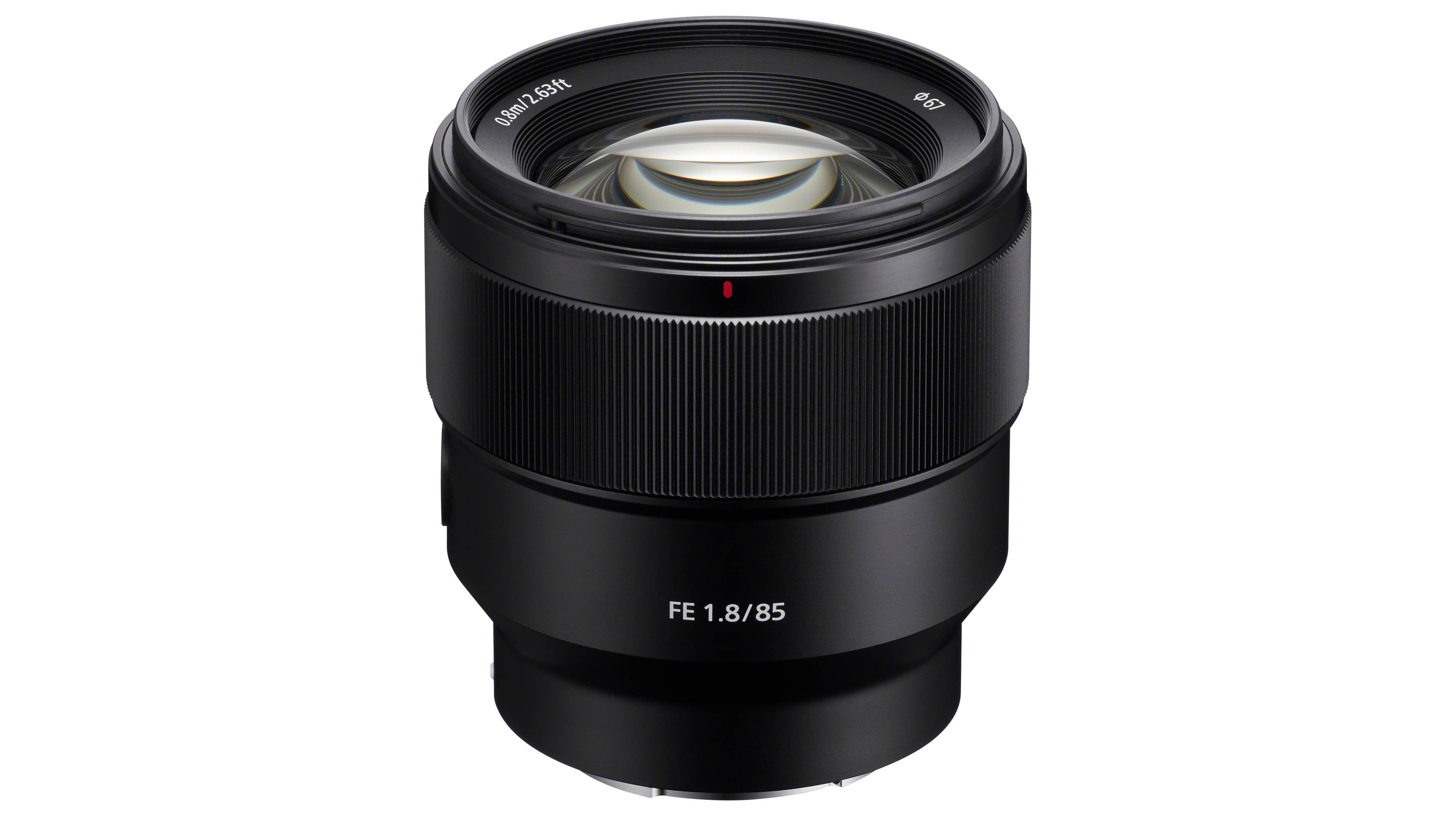
Specifications
Reasons to buy
Reasons to avoid
If you film people from time to time, you’ll appreciate the flattened perspective, background blur and subject separation of a classic ‘portrait’ lens. For occasional use, I don’t think you can do better than the Sony FE 85mm f/1.8. For a lens of this type, it’s quite cheap to buy, and yet the quality of the results is first-rate.
Alternatively, if you film people a lot and you want the best possible quality and the convenience of direct aperture control, take a look at the Sony FE 85mm f/1.4 GM – it’s not wildly expensive for a G Master lens, and will give you shallower depth of field. And if that’s your ‘look’, maybe also consider the Sony FE 100mm f/2.8 STF GM OSS bokeh lens or the Sony FE 135mm f/1.8 G Master.
Read more: Sony FE 85mm f/1.8 review
Best telephoto lens for the ZV-E1
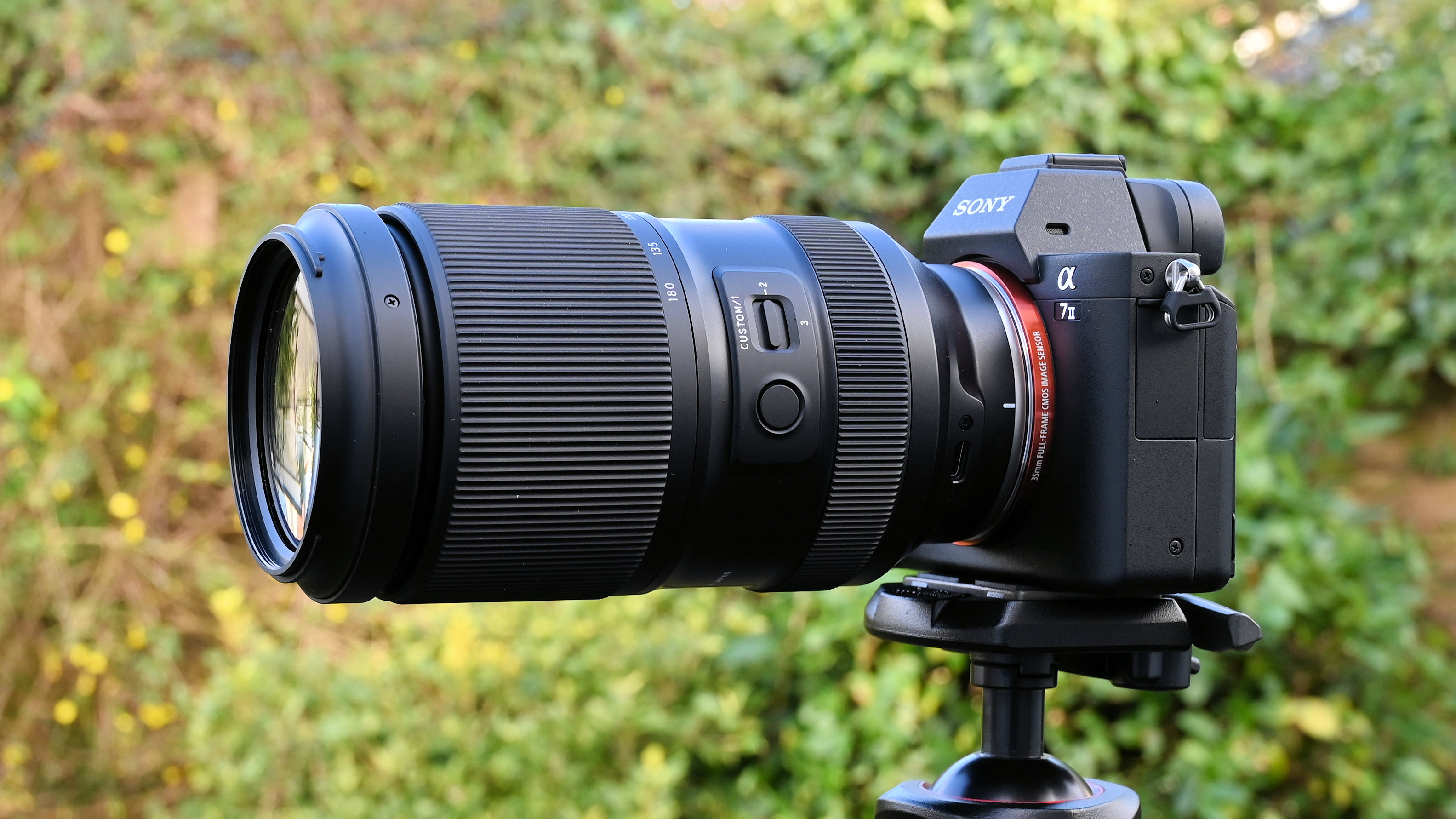
Specifications
Reasons to buy
Reasons to avoid
I love using this lens on A7-series full-frame cameras . It’s much more compact and lightweight than conventional 70-200mm f/2.8 ‘trinity’ telephoto zooms, which I feel is always a good thing when shooting with slimline mirrorless bodies. Sure, it doesn’t quite stretch to 200mm at the long end but it comes pretty close, while retaining that all-important constant f/2.8 aperture throughout the entire zoom range.
And there’s more. While the original Tamron 70-180mm was a great lens, I love that the G2 adds optical image stabilization, uprated handling and revamped optics. And it delivers all this at a more inexpensive launch purchase price than the original lens. I find that in-body image stabilization fitted to recent Sony (and other makes of) cameras tends to be less effective in telephoto shooting, so the addition of optical stabilization is particularly welcome.
Autofocus is super-fast, based on a VXD (Voice-coil eXtreme-torque Drive) system, and well able to do justice to the Fast Hybrid AF, Eye AF and advanced tracking options in Sony’s recent mirrorless cameras. The proof of the pudding is in the image quality and I like that the optical layout has been redesigned to include an XLD (eXtra Low Dispersion) element, a hybrid aspherical lens element, three LD (Low Dispersion) elements and two GM (Glass Molded aspherical) lens elements. Tamron’s BBAR-G2 (Broad-Band Anti-Reflection Generation 2) coating is also applied to minimize ghosting and flare. All in all, it’s a terrific lens and a bargain at the price.
Read more: Tamron 70-180mm F2.8 Di III VC VXD G2 review
Lab data and comparisons
The graphs below show the comparative performance of the lenses in this guide, based on our in-house lab tests. The Sony FE 20mm f/1.8 G prime leads the way for sharpness but the Tamron 70-180mm f/2.8 Di III VC VXD G2 does particularly well for a zoom lens. The latter is the least impressive for control over distortion but automatic in-camera correction is available.
Scores for sharpness and color fringing are averaged from data taken across the entire image frame, from the center to the edges and corners, throughout the aperture range. For zoom lenses, the scores are also averaged from data measured at all marked focal lengths, and the same applies to distortion. Bear in mind that these average values don't fully reflect specific areas of performance. For example, a zoom lens might have noticeable barrel and pincushion distortion at its shortest and longest focal lengths respectively, which tends to average out when looking at the data overall. For more detailed graphs of each lens's performance, which give the full picture, check out the graphs in our full standalone lens reviews.
How to choose the best lens for the Sony ZV-E1
The ZV-E1 uses the Sony E lens mount. Sony’s own E-mount lenses have either FE or E in their model names: all work on the ZV-E10, but the image from an E lens will be cropped, so FE lenses are much the better option. If you are buying a third-party E-mount lens, check whether the lens is designed for use with full-frame Sony cameras like the ZV-E1, or only with APS-C Sony cameras like the ZV-E10.
The ZV-E1 can also use Sony A-mount lenses with the aid of a mount adapter, but you should check that the A lens is suitable for full-frame cameras.
Check out our guide to the best Sony lenses if you want to know more
How we test lenses
The lens experts in our testing lab run a range of tests under controlled conditions, using the Imatest Master testing suite. Photos of test charts are taken across the range of apertures and zooms (where available), then analyzed for sharpness, distortion and chromatic aberrations.
We use Imatest SFR (spatial frequency response) charts and analysis software to plot lens resolution at the centre of the image frame, corners and mid-point distances, across the range of aperture settings and, with zoom lenses, at four different focal lengths.
There's more to it than just the technical side, though! Beyond the lab, our reviewers test lenses in real-world environments – and sometimes on professional shoots! We work with lenses both indoors and outdoors, in studio conditions and in natural light, with as many different subjects as is possible (or appropriate – there's no point testing a landscape lens' ability to shoot a portrait!).
We take into account everything from handling and ease of use to speed of autofocus and the overall quality of the images produced.
Find out more about how we test and review on Digital Camera World
Get the Digital Camera World Newsletter
The best camera deals, reviews, product advice, and unmissable photography news, direct to your inbox!

Rod is an independent photography journalist and editor, and a long-standing Digital Camera World contributor, having previously worked as DCW's Group Reviews editor. Before that he has been technique editor on N-Photo, Head of Testing for the photography division and Camera Channel editor on TechRadar, as well as contributing to many other publications. He has been writing about photography technique, photo editing and digital cameras since they first appeared, and before that began his career writing about film photography. He has used and reviewed practically every interchangeable lens camera launched in the past 20 years, from entry-level DSLRs to medium format cameras, together with lenses, tripods, gimbals, light meters, camera bags and more. Rod has his own camera gear blog at fotovolo.com but also writes about photo-editing applications and techniques at lifeafterphotoshop.com
